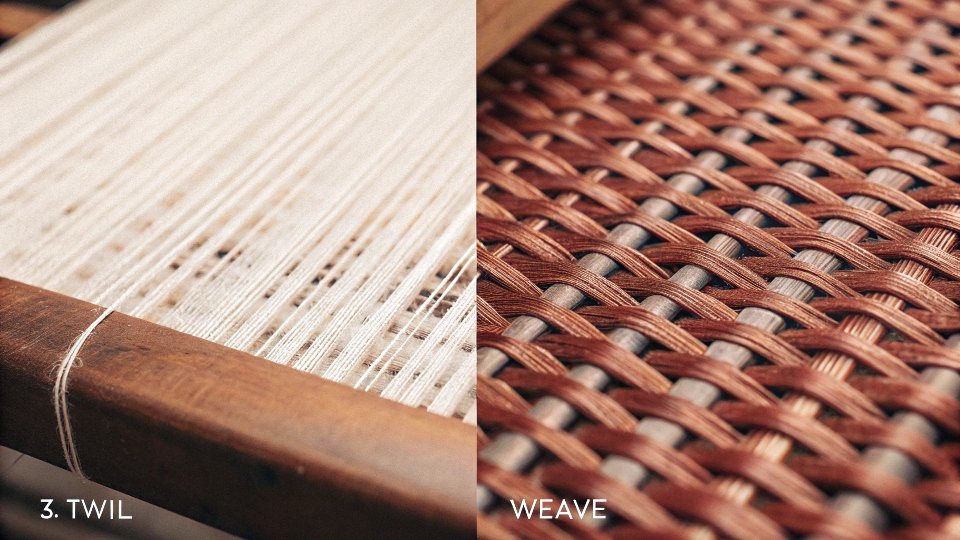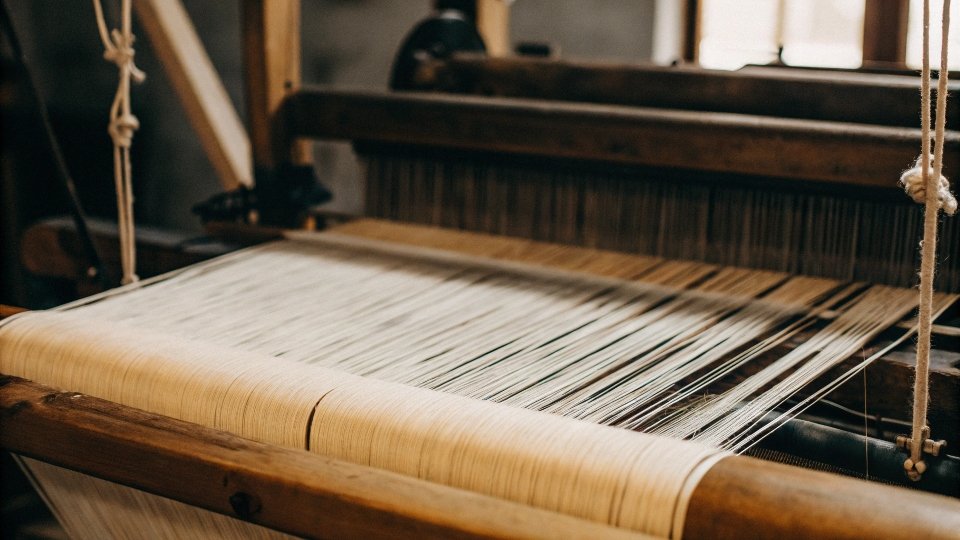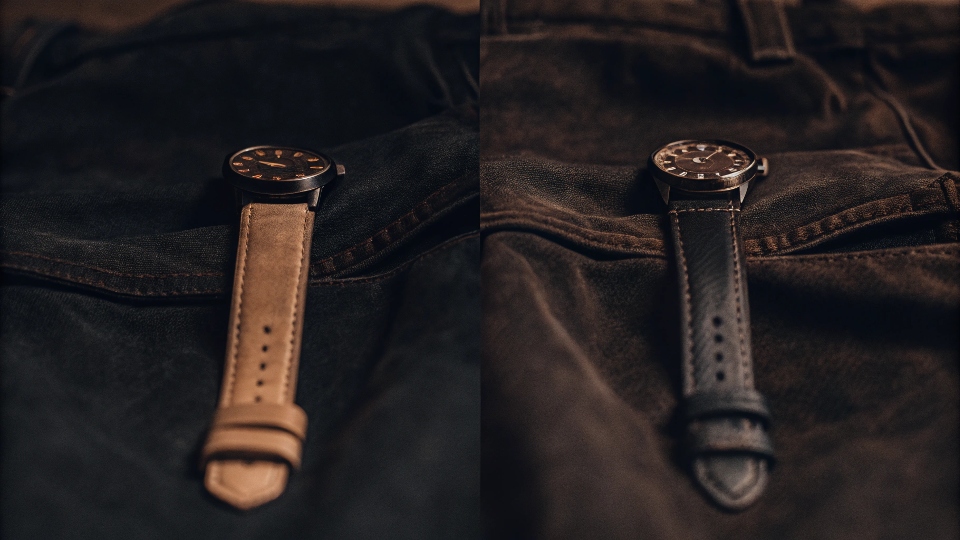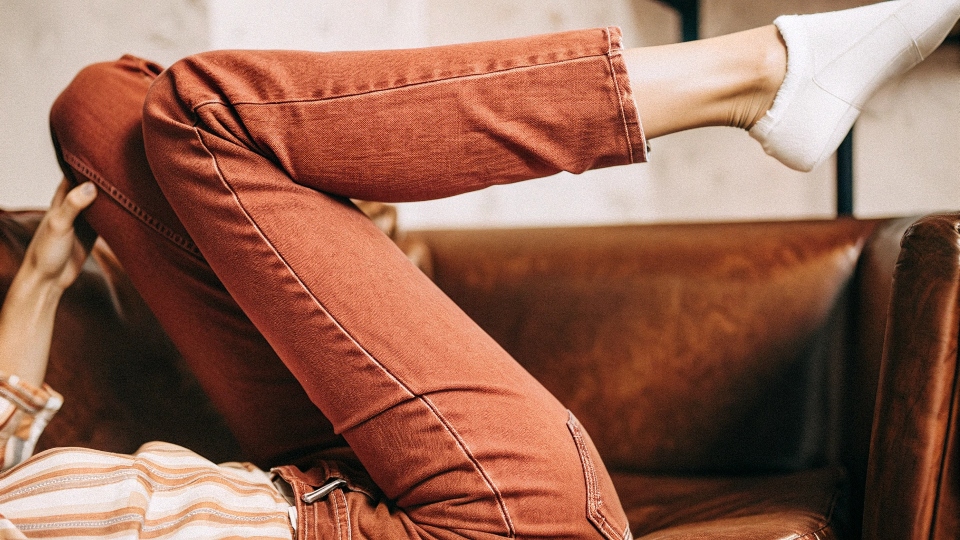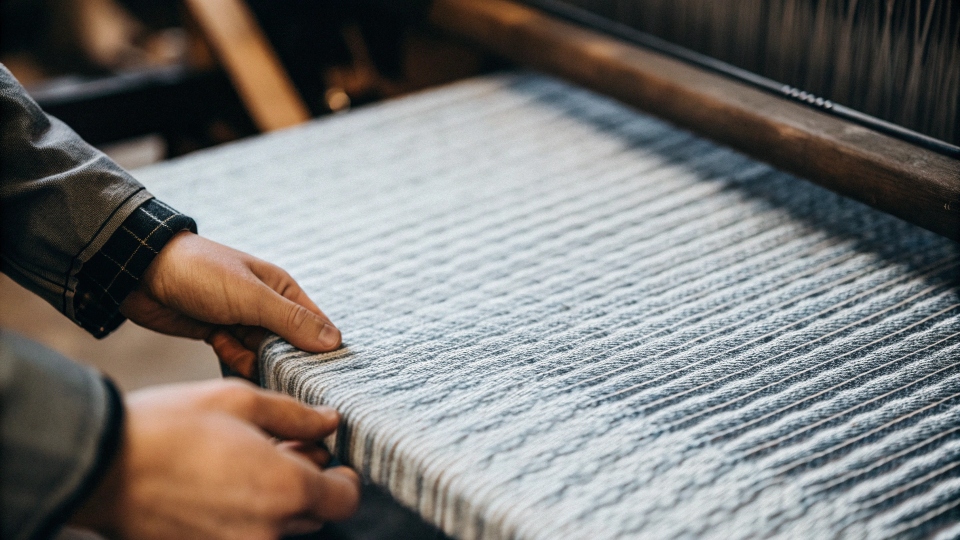You know denim is stronger than other cotton fabrics, but can't explain the technical reason why. This makes it hard to select the right material for your designs. The strength is by design, not by chance.
Denim is stronger than other cottons because of its unique 3/1 twill weave, which packs more threads tightly together. It also uses much heavier and thicker yarns than fabrics like t-shirt jersey or poplin, making it naturally more resistant to tearing and abrasion.
In my factory, we handle different fabrics all day. The difference between a roll of denim and a roll of poplin is obvious just by touch and weight.
It’s not just a different feel; it’s a completely different engineering philosophy. It was originally built for workers who needed clothes that would not fall apart. Let’s break down exactly what makes it so tough.
Why is denim stronger than cotton?
You know all your fabrics are made of cotton, but some rip easily. This can damage your brand's reputation for quality. The difference lies in how the cotton threads are put together.
It’s stronger because denim uses a diagonal twill weave that packs yarn tightly, while regular cotton often uses a simple plain weave. Denim also uses much thicker, heavier yarns. This combination directly results in a denser, more durable fabric that resists tearing.
The two biggest reasons for denim's strength come from the very beginning of the production process: the weaving pattern and the yarn itself. I see this every day when we load the looms.
The setup for denim is completely different from the setup for a lightweight shirting fabric, and it's all about building in toughness from the start.
The Twill Weave: The Secret to a Tightly Packed Fabric
Most simple cotton fabrics, like a bedsheet or a poplin shirt, use a plain weave. Think of it like a simple basket weave: one thread goes over, the next goes under, and so on.
It’s a very basic grid. Denim uses a twill weave. In a standard 3/1 twill, each vertical thread (called the warp) floats over three horizontal threads (the weft) and then goes under one.
This pattern creates a visible diagonal line on the fabric's surface. More importantly, this structure allows us to pack many more threads into the same square inch. More threads mean more material, and more material means more strength.
It also distributes stress across the fabric instead of on a single thread, making it much harder to tear.
Heavyweight Yarns: The Building Blocks of Strength
The second reason is simple: the threads themselves are thicker. The cotton yarn used for a t-shirt is fine and thin to make it soft.
The yarn we use for denim is thick and coarse. Think of it like comparing a fishing line to a thick rope. Both might be made of similar material, but the rope is obviously much stronger because it has more mass. Denim is typically measured in ounces per square yard.
A lightweight denim might be 10oz, while heavyweight workwear can be 16oz or more. A cotton t-shirt fabric is usually only 4-5oz. That extra weight is pure fiber, and it provides the raw power to resist rips and abrasion.
Why is denim so sturdy?
You've seen some jeans last for decades, while others wear out in a year. You need to know what creates that long-lasting sturdiness. It's about intentional design choices beyond the basic weave.
Denim is sturdy because it is a "warp-faced" fabric, meaning more vertical threads are on the surface to take stress. It also undergoes minimal finishing, which preserves the raw strength of the cotton fibers, unlike heavily processed, softened fabrics.
When a designer specifies a sturdy denim, they are asking for more than just a heavy fabric. They are tapping into two other structural features that are core to denim's identity. These choices are all about maximizing longevity and making sure the garment can handle real-world use without failing at the seams or surfaces.
Warp-Dominant Construction
In denim’s 3/1 twill weave, you see more of the vertical (warp) threads on the face of the fabric. This is a deliberate choice.
When you wear jeans, most of the stress from moving, bending, and sitting happens along the length of your legs. By putting more of the strong warp threads on the surface, the fabric is structurally reinforced right where it needs it most.
The warp threads are also the ones that are traditionally dyed indigo blue. The indigo dye itself acts as a mild protective coating, making those exposed threads even more resistant to abrasion. This is why you see the undyed white (weft) threads peeking through as jeans fade; the tough warp threads are taking all the rubbing.
The "Less is More" Finishing Process
Many other cotton fabrics are treated with chemicals and heavily washed to make them feel soft right away. These processes can break down the cotton fibers and weaken the fabric.
True, heavy-duty denim, especially "raw denim," skips these steps entirely. It comes off the loom stiff and unwashed. This preserves 100% of the fabric's original fiber strength.
While most jeans today are washed to make them comfortable to sell, we control that process very carefully in the factory.
The goal is to soften the fabric just enough without compromising the core integrity that makes it so sturdy. We avoid the harsh finishing that would turn a durable fabric into a weak one.
Why are jeans no longer 100% cotton?
You notice that many of the jeans on the market now have 1% or 2% of another fiber. You wonder why this trend started and if it sacrifices the traditional strength of denim.
Many modern jeans are not 100% cotton in order to add comfort and stretch. Small amounts of elastane or spandex (1-3%) are blended with cotton to allow the jeans to move with the body, improve fit, and help them retain their shape.
From my factory's perspective, this was one of the biggest changes in the last two decades. For a long time, everything was 100% cotton.
Then, the demand for comfort, driven by the skinny jean trend and the rise of athleisure, changed everything. Now, a huge portion of our orders include a small amount of stretch fiber woven in with the cotton.
This creates a fabric that gives you the best of both worlds: the classic look and durability of cotton with the modern comfort and flexibility of a synthetic. It’s a compromise, but one that the market has overwhelmingly demanded.
| Fabric Type | Pros | Cons |
|---|---|---|
| 100% Cotton Denim | Extremely durable, ages beautifully, classic feel. | Can feel stiff at first, less forgiving in fit. |
| Stretch Denim (98% Cotton / 2% Elastane) | Very comfortable, moves with the body, retains shape. | Can be slightly less durable, may "bag out" over time if low quality. |
The key is balance. A small amount of stretch, like 1-2%, is perfect for adding comfort without really hurting the fabric's strength. Problems arise when brands try to use too much stretch, which makes the jeans feel more like leggings and can cause them to lose their shape quickly. For designers, the sweet spot is using just enough stretch to make the fit better, but not so much that you lose the authentic, sturdy character of real denim.
Why does denim feel different than cotton?
You can instantly feel the difference between a pair of jeans and a cotton t-shirt. Explaining this difference helps you communicate your vision for a fabric's hand-feel to suppliers and collaborators.
Denim feels stiffer and rougher than other cottons because of its tight twill weave, which creates a noticeable diagonal texture. It also feels heavier due to the use of thicker yarns. This results in a less drapey, more structured fabric.
When we talk about the "hand-feel" of a fabric in the industry, we're describing what you notice when you touch it. Denim's hand-feel is unique and is a direct result of the structural properties we've been discussing. It’s not just one thing; it's a combination of texture, weight, and stiffness that separates it from other cottons.
Texture and Weave
The first thing you feel is the texture. Run your hand over a cotton t-shirt, and it feels smooth. This is because it is a knit fabric. Run your hand over a dress shirt, and it also feels smooth because of its simple plain weave.
When you touch denim, you feel the tiny diagonal ridges of the twill weave. This gives it a slightly rougher, more substantial texture. It feels like a fabric that was built to work, not just to be looked at.
Weight and Density
The second sensation is weight. A pair of jeans physically weighs much more than a cotton shirt of the same size. This density is something you feel immediately.
It gives the fabric a sense of quality and durability. The heaviness comes from using those thick yarns and packing them tightly together. It feels grounded and protective, very different from the light, airy feel of a fabric like muslin or voile.
Stiffness and Drape
Finally, there's the drape. "Drape" is how a fabric hangs or flows. A lightweight cotton will hang in soft folds. Denim, especially when it's new, doesn't drape; it has structure.
It holds its own shape because the yarns are thick and the weave is tight. This is what allows for crisp cuffs on your jeans and what helps them create a clean silhouette. Even after many washes, denim retains a structural quality that softer cottons simply don't have.
Conclusion
Denim's superior strength is no accident. It comes from an engineered structure: a tight twill weave, thick yarns, and a construction designed for durability above all else.

